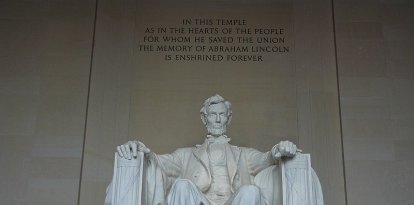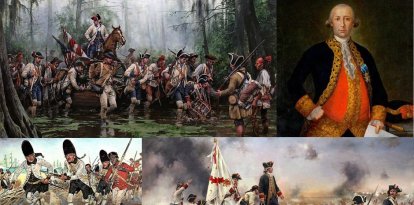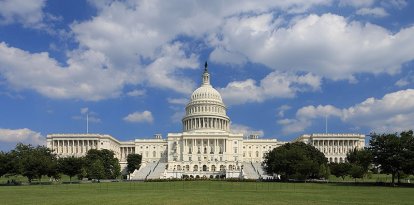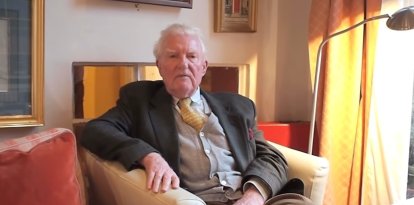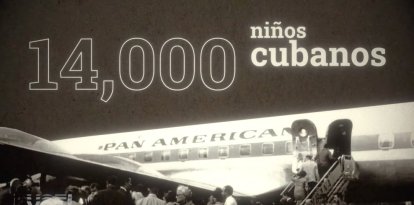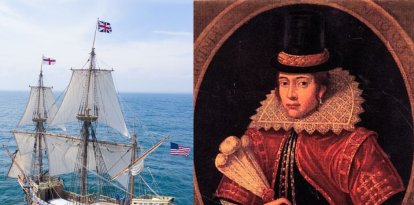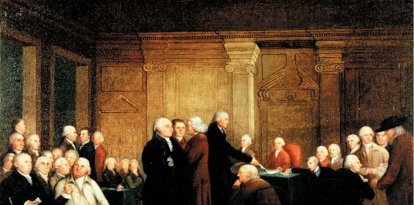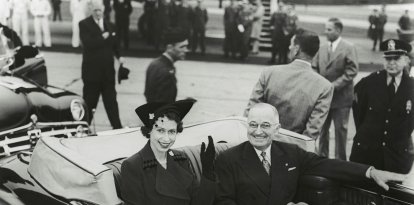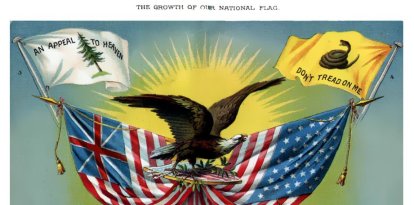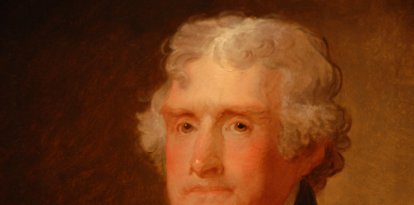Hispanic past: Felipe de Neve, founder of the city of Los Angeles
The Spanish soldier traveled to America and planned to go back to Europe after four or five years but he never returned. He founded the second most populous city in the United States.
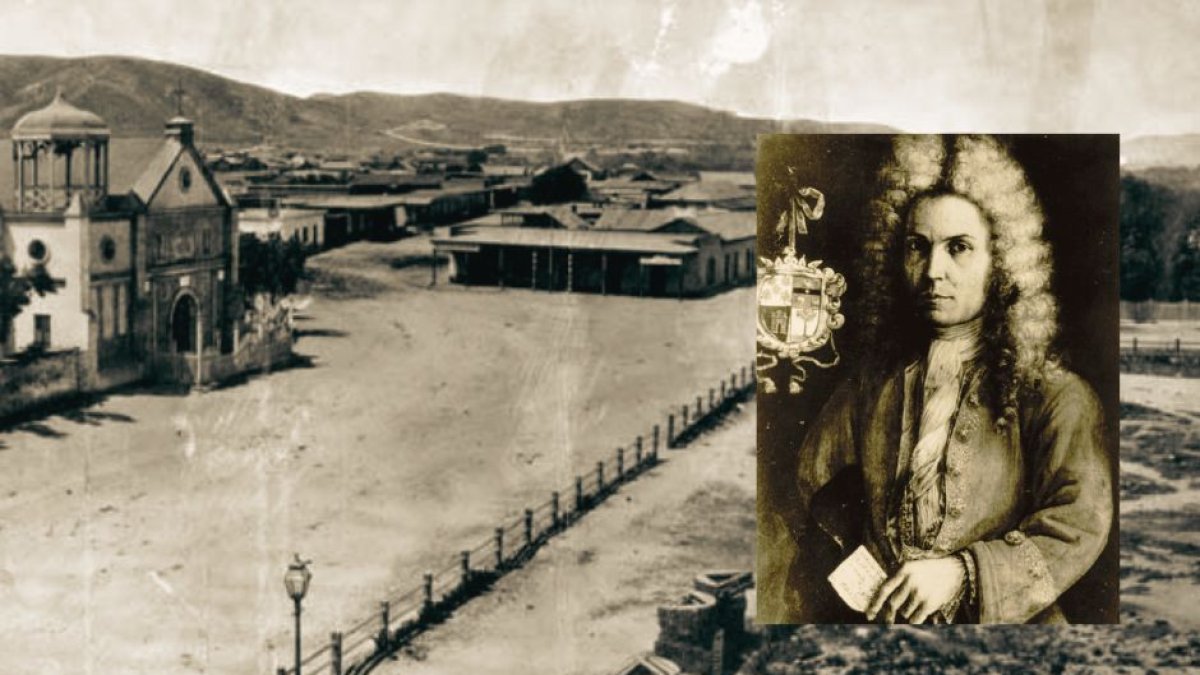
(wikimedia commons)
The second largest city in the country is full of a rich and unforgettable Hispanic past. Its streets, squares and even libraries shed light on the founding of the United States. In the case of the city of Los Angeles, it is a past that is still preserved and is linked to Felipe de Neve.
What was initially called Pueblo de Nuestra Señora la Reina de los Ángeles, on the Porciúncula River, began with just 14 families gathered around a small settlement that the Spanish monarchy ordered to be built to strengthen its position on the west coast.
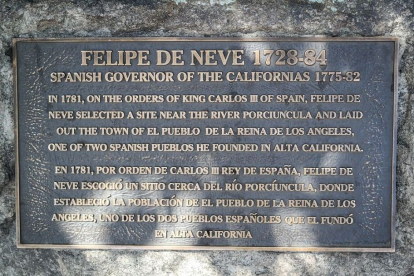
Plaque to Felipe de Neve
(Wikimedia Commons)
Spain threatened
Spain was under siege. It has just ceded Florida to England in order to keep Havana. Furthermore, the Spanish ambassador in Saint Petersburg, Viscount de la Herrería, notified the monarchy that Emperor Peter III of Russia intended to carry out another military stunt against the ports of the west coast of Spanish California.
To slow him down, the Spanish monarch Charles III ordered the creation of new coastal settlements in the general command of the west, from Baja California to what is now the Shasta-Trinity National Forest.
An Andalusian soldier
They needed people to build these settlements. That's when Felipe de Neve appears. His family had roots in Seville and he was born in the city of Bailén (Jaén). His father was an artilleryman. He joined the Spanish infantry at the age of 20 and later became a cavalry officer. He served in the Seven Years' War against Portugal and achieved an exceptional service record.
When the military corps of New Spain, founded by Juan de Villalba, called for more officers to join in the defense of the viceroyalty, Felipe de Neve decided to embark on what he thought would be a four or five-year mission. He was wrong. He would never return to Europe or see his wife and children again.
On the first day of November 1764, the then-sergeant major arrived at the port of Veracruz, in present-day Mexico. His first task was to organize the cavalry corps and with them suppress a revolt of Jesuits, who continually disagreed with the Spanish monarchy on the affairs of the viceroyalty. The Jesuits were replaced by the Franciscans and it was at this time that Brother Junípero Serra, founder of 15 religious missions who evangelized a significant part of California, made a name for himself.
Governor of California
Over the next ten years, Felipe de Neve took part in different campaigns. In 1974 Viceroy Bucareli de Arzúa named him colonel and fourth governor of the Californias. When he arrived in Loreto, the then-capital of Baja California, de Neve found himself in a tough predicament. Supply routes were in poor condition. There was a small population and a very small military presence that was generally poorly equipped. There was also a growing threat from the Apache and Comanche tribes. According to the files consulted by the Hispanic Council, Felipe de Neve only had 146 men-at-arms to control more than 0.7 square miles and 620 miles of coastline. That is practically four times the size of Spain.
Felipe de Neve was a fantastic manager and politician. He managed to substantially improve the situation of the inhabitants of the Californias and reinforced Spain's position. Faithful to one of the most important missions, he founded a good number of settlements, but one in particular that he is remembered for is Los Angeles.
How Los Angeles was founded
In 1781 de Neve arrived at what is now Los Angeles and deemed it suitable for building a settlement. "Lots of easy-to-drink water and beautiful lands," according to the files cited by the Hispanic Council. He asked the viceroy for at least 60 fieldmen without vices or defects. Afterward, he offered each new settler a monthly salary of 116 pesos a year for two years, reduced to 70 for three more. He subsidized farm and work animals and families gradually arrived.
Los Angeles then began with 14 totally heterogeneous families. There were Iberian Peninsulars, such as mestizos, mulattoes and indigenous converts. Little by little the colony grew. It took in a good number of indigenous people who converted to catholicism. Diversity almost became the norm and mixed marriages were common in the settlement.
The Spanish under the command of Felipe de Neve designed Los Angeles in a way that is still noticeable today. They were guided by the Laws of the Indies and the new manuals and the streets were designed in a grid formation. In less than nine years, the city increased in size and in 1790 the 141 inhabitants of the colony were counted for the first time.
Few details are known about how and where exactly Felipe de Neve died. It is believed that his remains were in the Mexican city of Chihuahua until the 1980s when the mayor of Los Angeles asked that they be returned to the city. Unfortunately, they were lost and there is no record of their current whereabouts.













